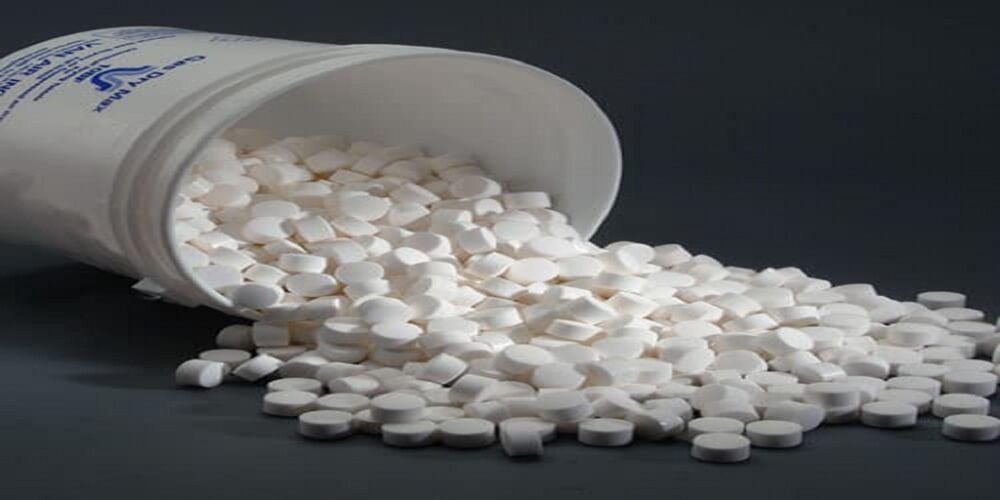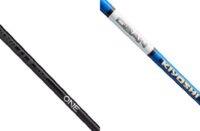For a long time, building up moisture in systems was just seen as an unfortunate side effect of using a compressor. Mechanical problems were inevitable, and maintenance departments would always have to deal with them. Regularly draining compressor condensate was normal. Moisture-related issues persist despite this treatment, and the compressor’s overall efficiency has not improved.
Precipitated moisture is the most prevalent cause of lubricant dilution in machines. The machine wears out more quickly when there is less lubrication. Parts that grind against one another more forcefully have a higher failure rate.
Component failures lead to shutdowns, lost productivity, and unplanned downtime, all of which cost money and make things worse. As a result, rust and corrosion may build up on industrial equipment that is exposed to undried air. This buildup is bad for the system right now, and it could also hurt output in the future.
Moisture accumulation might freeze in cold conditions, obstructing systems and creating leaks.
Moisture is not only bad for a system’s mechanical components, but it may also be bad for the process’s end products. Bacterial growth thrives in moist environments.
Small microorganisms are quickly swept up by the system’s fast-moving air. Products that deal with food or medicine might be particularly vulnerable to the effects of these and other pollutants. The impacts of poor air quality might be felt even by those who aren’t as sensitive. When you use damp compressed air to apply paint, it usually loses its ability to stick and finish.
The Removal of Moisture From Compressed Air
There has to be a way to get rid of the moisture that is already in pressurized air. There are a variety of ways to remove water from your air compressor, from a simple drain valve to a four-stage air drying system, depending on your needs. You may be utilizing compressed air for applications that need dry air. In this case, any moisture will hurt your business.
In certain cases, low-moisture treatments don’t require the use of an air-drying system. In any case, air compressor moisture in the tank and pipes is not ideal, so drying the air and discharging the water is important.
A compressed air dryer desiccant removes moisture from the air by using a swarm of small absorbent beads also known as desiccant beads. The architecture of these filters is similar to that of a water trap. The pressure vessel’s core is filled with air, which circulates and removes water.
When the right amount of moisture is reached, the air is pumped out of the dryer and into the system for distribution. In most compressed air dryer desiccants, the drying-regeneration cycle is called a NEMA cycle and is made up of two vertical pressure tanks that work all the time.
Compressed air goes through a desiccant that has beads and a desiccant bed so that water and hydrocarbon molecules can be taken out of the air. When the PressureDewPoint (PDP) is reached, the vessel’s compressed air is let out and the pressure drops to a safe level.
During the regeneration cycle, the pressure is taken off the vessel, and the moisture is taken out of the desiccant by heating it. A drying cycle might begin again when the tank has been replenished.
Remove moisture from your compressors with compressed air dryer desiccant from AVP. Check out their offerings about everything air-vacuum process by visiting their website.












